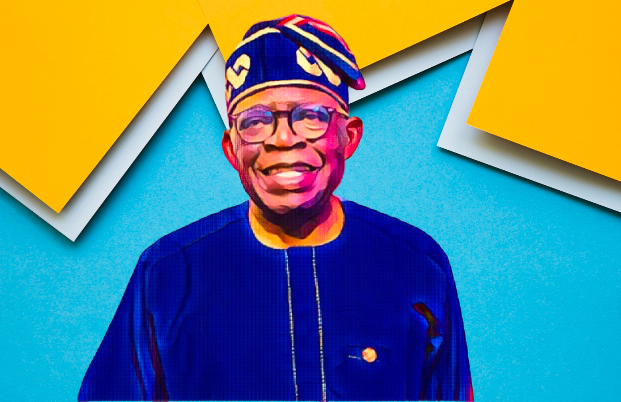KEY POINTS
-
President Tinubu commissioned two Augusta 109 Trekker helicopters into the Nigerian Air Force as part of efforts to combat insecurity.
-
The Air Force plans to acquire 49 additional aircraft by 2027, including attack helicopters and transport planes.
-
Military officials emphasize improved capacity, speed, and coordination to enhance counter-insurgency and emergency response operations.
President Bola Ahmed Tinubu has reaffirmed his administration’s commitment to strengthening Nigeria’s security infrastructure by inducting two newly acquired Augusta 109 Trekker helicopters into the Nigerian Air Force (NAF) fleet.
The ceremony, which took place at the NAF base in Abuja, coincided with the 61st anniversary of the Nigerian Air Force. Tinubu was represented by Vice President Kashim Shettima, who presided over the formal induction of the helicopters—designated NAF544 and NAF545—into operational service.
Channelstv reports that the aircraft are part of a broader modernization effort intended to bolster Nigeria’s response to the escalating security threats posed by insurgents, bandits, and other criminal networks across the country.
“These helicopters are a strategic investment in the safety and sovereignty of our nation,” said Vice President Shettima at the event. “They will enhance the precision, speed, and coordination of our air operations.”
Military expansion continues with 49 more aircraft expected by 2027
The induction is only a fraction of the overall reinforcement plan for the Nigerian Air Force. According to the Chief of Air Staff, Air Marshal Hassan Abubakar, the NAF is poised to receive an additional 49 aircraft by 2027—a move that underscores the government’s strategic pivot towards robust aerial surveillance, strike capabilities, and rapid troop deployment.
“From 2024 till date, we have inducted nine new aircraft, including four T-129 attack helicopters, three King Air 360 surveillance planes, and now these two Augusta 109 Trekker helicopters,” Abubakar stated.
He further disclosed that upcoming deliveries include ten more Augusta 109 Trekker helicopters, twelve A-1 Zulu attack helicopters, twenty M-346 multi-role aircraft suited for ground and aerial combat, and three CASA 295 military transport aircraft.
The Air Force, he said, is working closely with local and international defense partners to ensure that personnel are adequately trained to operate and maintain these sophisticated machines.
“This is not just about adding machines to our fleet. It’s about boosting morale, increasing response time, and denying safe havens to those who seek to terrorize our people,” he added.
Nigeria continues to battle complex security challenges, particularly in the North-East, North-West, and parts of the Middle Belt, where armed banditry and terrorist insurgencies persist. The enhanced aerial assets are expected to significantly improve Nigeria’s capability to monitor terrain, conduct surgical airstrikes, and transport troops to conflict zones quickly.
Local security experts have welcomed the move, calling for better integration between air and ground forces.
“The real impact will come when these aircraft are effectively coordinated with ground intelligence and community-based strategies,” said defense analyst Bala Mohammed. “Otherwise, they risk being high-tech equipment with limited on-ground impact.”
The Air Force has also continued public outreach campaigns, urging armed groups to surrender. In a recent statement, the NAF reiterated its commitment to minimizing civilian casualties while executing precise military operations.
As Nigeria reflects on 61 years of its Air Force history, the focus is not only on past accomplishments but on evolving into a force capable of meeting modern threats head-on.
“We are not only investing in equipment; we are investing in the future of our military and the safety of our citizens,” Shettima concluded.


